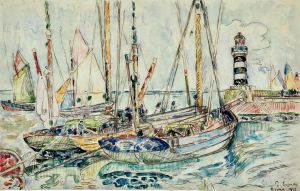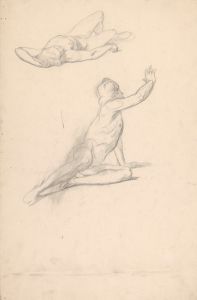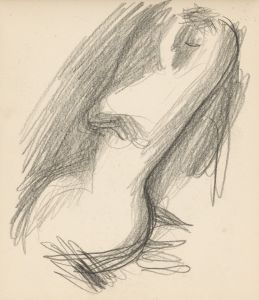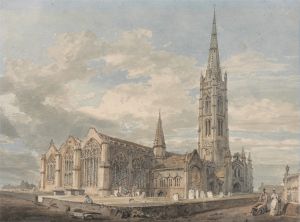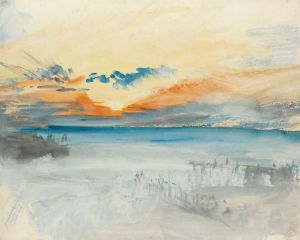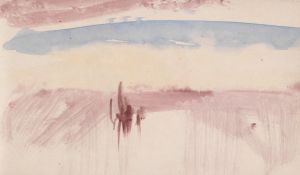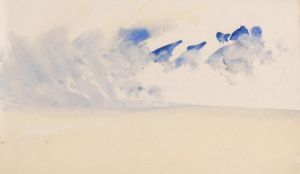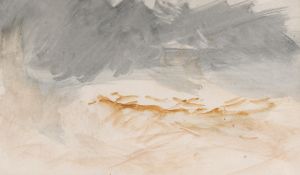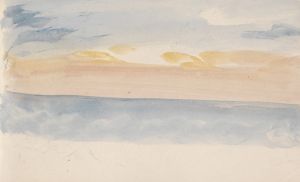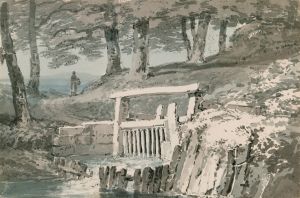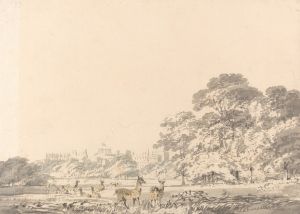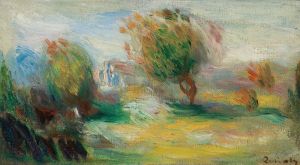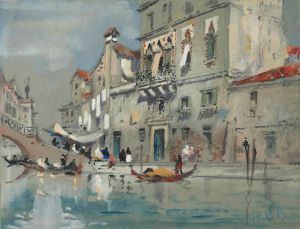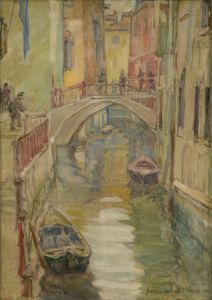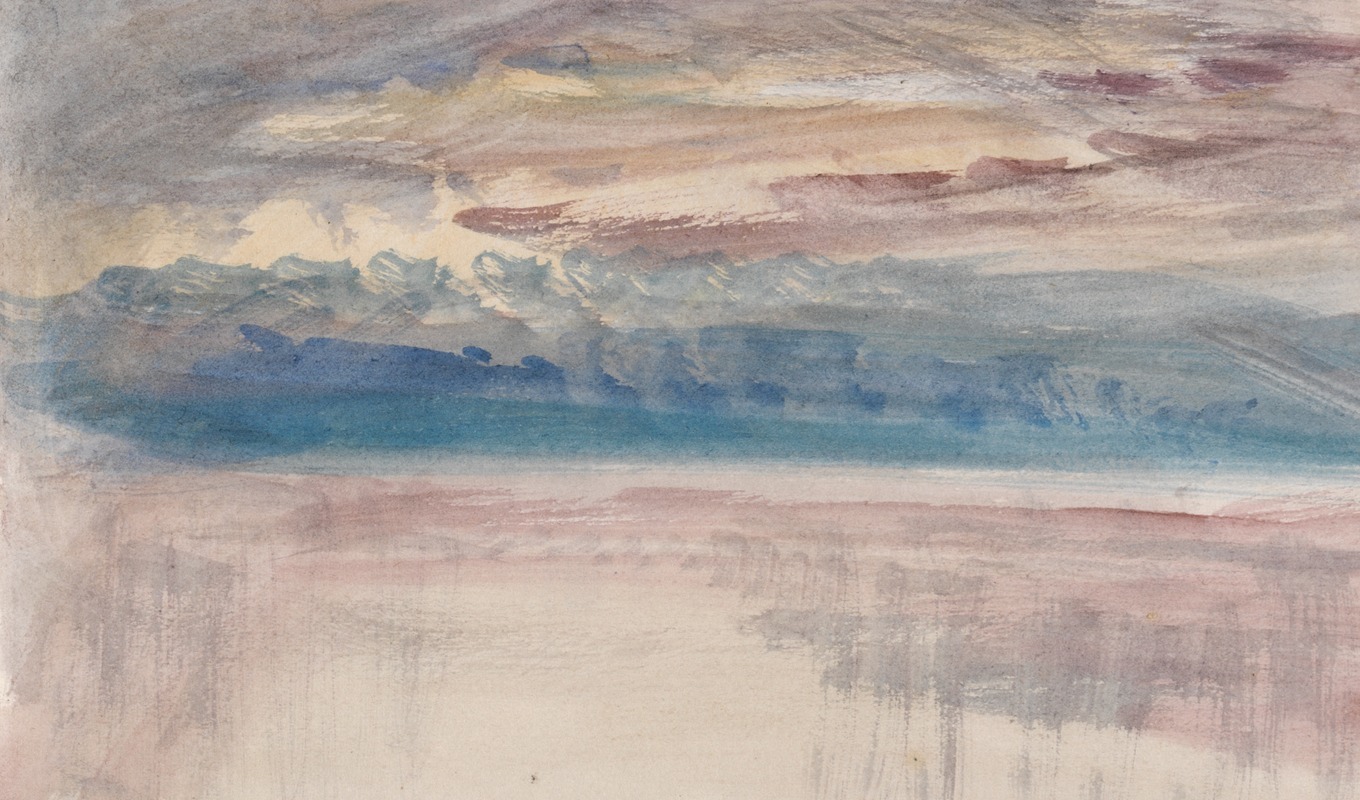
The Channel Sketchbook 19
A hand-painted replica of Joseph Mallord William Turner’s masterpiece The Channel Sketchbook 19, meticulously crafted by professional artists to capture the true essence of the original. Each piece is created with museum-quality canvas and rare mineral pigments, carefully painted by experienced artists with delicate brushstrokes and rich, layered colors to perfectly recreate the texture of the original artwork. Unlike machine-printed reproductions, this hand-painted version brings the painting to life, infused with the artist’s emotions and skill in every stroke. Whether for personal collection or home decoration, it instantly elevates the artistic atmosphere of any space.
Joseph Mallord William Turner, an eminent British artist known for his expressive colorization, imaginative landscapes, and turbulent marine paintings, created a series of sketchbooks that offer a glimpse into his creative process and artistic development. One of these is "The Channel Sketchbook 19," which is part of a larger collection of sketchbooks that Turner used throughout his career. These sketchbooks are invaluable resources for understanding Turner's work, as they contain preliminary sketches, studies, and ideas that he would later develop into full-scale paintings.
"The Channel Sketchbook 19" is believed to have been used by Turner during his travels along the English Channel. The English Channel, a body of water that separates Southern England from northern France, was a significant source of inspiration for Turner. The sketchbook likely contains a variety of maritime scenes, coastal landscapes, and atmospheric studies, reflecting Turner's fascination with the sea and its ever-changing conditions. His ability to capture the interplay of light, water, and sky is evident in many of his finished works, and the sketches in this book would have been foundational to those larger compositions.
Turner's sketchbooks were not merely repositories of visual ideas; they were also tools for experimentation. He often used them to explore different techniques and effects, such as the use of watercolor washes to create a sense of depth and movement. This experimentation is a hallmark of Turner's style, which often blurred the lines between realism and abstraction. The sketches in "The Channel Sketchbook 19" would have allowed Turner to refine his approach to capturing the dynamic and often tumultuous nature of the sea.
The sketchbook is part of the Turner Bequest, a collection of works that Turner left to the British nation upon his death in 1851. This bequest included over 300 oil paintings and approximately 30,000 sketches and watercolors, making it one of the most significant collections of a single artist's work. The Turner Bequest is housed at Tate Britain, where it is accessible to both scholars and the public. The sketchbooks, including "The Channel Sketchbook 19," are preserved as part of this collection, providing insight into Turner's artistic journey and his contributions to the Romantic movement in art.
Turner's work, including his sketchbooks, has had a lasting impact on the art world. His innovative use of color and light influenced subsequent generations of artists, including the Impressionists. The sketches in "The Channel Sketchbook 19" are a testament to Turner's relentless pursuit of capturing the sublime beauty of nature, a pursuit that continues to resonate with audiences today.
In summary, "The Channel Sketchbook 19" by Joseph Mallord William Turner is a vital piece of art history, offering a window into the mind of one of Britain's most celebrated artists. Through his sketches, Turner explored the themes and techniques that would define his career, leaving a legacy that continues to inspire and captivate.





